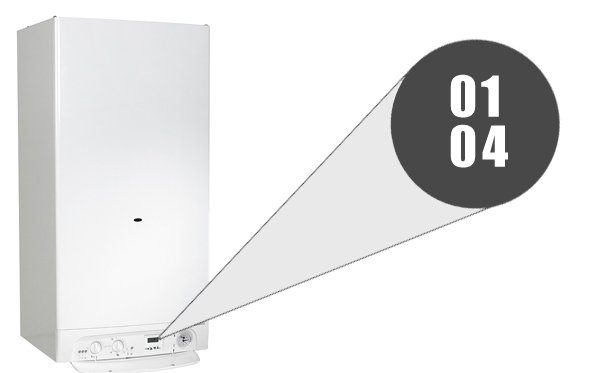
When it comes to efficient heating solutions, Biasi Boilers have been a leading choice for many households and commercial spaces worldwide. However, like any piece of complex machinery, they occasionally encounter issues. While some problems are simple and can be resolved quickly, others may require a more intricate understanding of the system and its error codes.
Biasi Boiler error codes are system-generated indicators that inform users about potential or actual issues within the boiler system. Understanding these codes can provide valuable insights into diagnosing and potentially resolving boiler malfunctions. This article will explore all these error codes, from the most common to the rarest ones, aiming to provide a comprehensive understanding of Biasi Boiler error management.
Code E0: No Flame Detected
The E0 error code is an indicator that the boiler has failed to ignite. This problem might arise due to a number of reasons such as a defective gas valve, a faulty ignitor, or a malfunctioning control board. In most cases, resetting the boiler may resolve the issue. However, if the problem persists, it’s recommended to contact a professional technician to investigate the issue further.
Code E1: Overheating Issue
The E1 error code suggests an overheating boiler, often caused by a lack of proper circulation of water within the system. This could be due to a faulty pump, a blockage in the pipework, or an issue with the radiator valves. Overheating could lead to serious damage to the boiler; therefore, prompt action is necessary.
Code E2: Low Water Pressure
Error code E2 is an indicator of low water pressure, which could result from leaks in the system, a defective pressure relief valve, or an issue with the expansion vessel. The pressure gauge on the boiler will usually provide an immediate confirmation of this problem. Resolving the issue might involve refilling the system, fixing leaks, or replacing faulty components.
Code E3: Faulty Fan
The E3 error code implies a fan-related issue. The fan plays a critical role in removing harmful byproducts of combustion, like carbon monoxide. A faulty fan may lead to an inefficient system and potential health hazards. This issue might require a replacement of the fan unit.
Code E4: Faulty Thermistor
A thermistor is a temperature-sensitive resistor used to monitor the system’s temperature. An E4 error code indicates a faulty thermistor. This might require professional assistance to either repair or replace the faulty thermistor.
Code E5: Heat Exchanger Issue
The E5 error code refers to a potential problem with the heat exchanger. This crucial component transfers heat from the fuel to the heating system. If it fails, the boiler’s efficiency can be dramatically affected. This issue requires professional assessment and possible replacement of the heat exchanger.
Code E6: PCB Fault
The E6 error code implies a fault in the printed circuit board (PCB), which essentially serves as the boiler’s “brain.” A malfunctioning PCB may lead to irregular or unresponsive boiler operation. Often, resolving this issue involves replacing the PCB, a task best left to professionals due to its complexity.
Code E9: Safety Thermostat Issue
Lastly, the E9 error code is an indication of a safety thermostat problem. This safety feature shuts down the boiler when it detects abnormal temperatures, preventing overheating and potential damage. If this component fails, the boiler might operate unsafely or shut down unexpectedly.
In conclusion, Biasi Boiler error codes serve as a diagnostic tool that helps homeowners and technicians alike understand and address potential problems swiftly and effectively. However, attempting to fix these issues without professional help might lead to further complications. Therefore, for any persistent issues, it’s always advisable to consult a certified technician. Remember, regular maintenance of your boiler system can prevent many of these error codes from occurring in the first place.